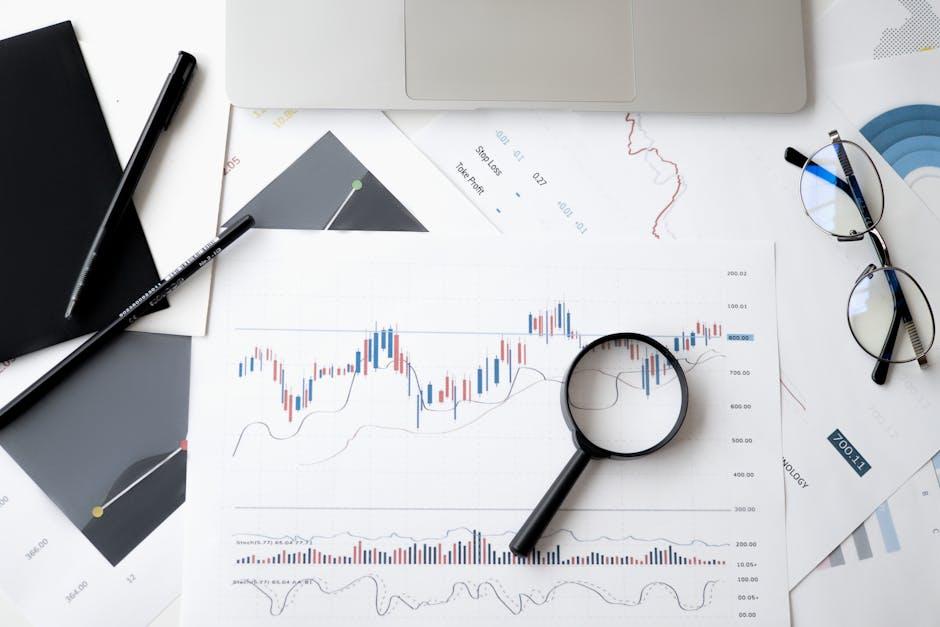Harnessing Predictive Analytics to Anticipate Consumer Behavior
In today’s competitive business landscape, understanding and anticipating consumer behavior is no longer a luxury-it’s a necessity. Predictive analytics has emerged as a powerful tool that empowers businesses to forecast consumer needs, optimize marketing strategies, and make data-driven decisions. In this comprehensive article, we’ll explore how harnessing predictive analytics helps businesses anticipate consumer behavior effectively, the benefits it delivers, practical tips for implementation, and some real-world case studies that highlight its impact.
What is Predictive Analytics?
Predictive analytics refers to the use of historical data, statistical algorithms, and machine learning techniques to identify the likelihood of future outcomes. When applied to consumer behavior, it analyzes patterns from past buying decisions, online interactions, and customer feedback to forecast what consumers are likely to do next.
Key Components of Predictive Analytics
- Data Collection: Gathering structured and unstructured data from various sources such as CRM systems, social media, transaction databases, and web analytics.
- Data Mining: Extracting meaningful patterns and relationships using advanced algorithms.
- Predictive Modeling: Building mathematical models that predict future consumer actions based on trained data.
- Validation and Deployment: Testing models for accuracy and integrating insights into marketing or sales platforms for action.
Why Predictive Analytics is Vital for Understanding Consumer Behavior
Consumers today expect personalized experiences and timely offers. Predictive analytics helps companies decipher complex consumer data to:
- Identify emerging consumer trends before they become mainstream.
- Enhance customer segmentation for targeted marketing.
- Improve product recommendations and customization.
- Reduce churn by proactively addressing customer dissatisfaction.
- Optimize pricing strategies based on demand fluctuations.
The Benefits of Harnessing Predictive Analytics for Consumer Behavior
| Benefit | Description |
|---|---|
| Increased Sales | Targeted promotions based on predicted buying patterns boost conversion rates. |
| Personalized Marketing | Create tailored messages that resonate deeply with different customer segments. |
| Improved Customer Retention | Identify at-risk customers early and implement retention strategies accordingly. |
| Better Inventory Management | Forecast demand accurately to avoid overstocking or stockouts. |
| Optimized Resource Allocation | Focus marketing budgets on high-value prospects and promising campaigns. |
How to Implement Predictive Analytics to Anticipate Consumer Behavior
Step 1: Collect Relevant Data
Successful predictive analytics begins with quality data. Collect multi-channel data that includes:
- Purchase history and transaction records
- Website and mobile app interactions
- Social media engagement and sentiment
- Customer demographics and psychographics
Step 2: Clean and Prepare Data
Raw data can be messy. Cleaning involves removing duplicates, addressing missing values, and ensuring consistency to improve model accuracy.
Step 3: Choose the Right Predictive Models
Depending on business goals, use models such as:
- Regression analysis for forecasting sales volumes
- Classification algorithms to segment customers
- Time series analysis for seasonal demand patterns
- Collaborative filtering for personalized recommendations
Step 4: Validate and Test Models
Split data into training and testing sets to evaluate model performance. Use accuracy, precision, recall, and F1 scores to select the best model.
Step 5: Integrate Insights Into Business Processes
Deploy predictive insights into CRM systems, marketing automation platforms, and sales dashboards for actionable strategies.
Practical Tips for Maximizing Predictive Analytics Success
- Focus on Business Objectives: Align predictive analytics goals with clear business outcomes.
- Invest in Skilled Analysts: Employ data scientists who understand both analytics and business context.
- Regularly Update Models: Consumer behavior changes-keep your models fresh with new data.
- Ensure Data Privacy Compliance: Respect consumer privacy and comply with regulations like GDPR and CCPA.
- Use Visualization Tools: Present insights through dashboards to make data digestible across departments.
Case Studies: Real-World Applications of Predictive Analytics
Retail Industry: Boosting Sales Through Personalized Offers
A leading retailer used predictive analytics to analyze shopping cart patterns and web browsing behaviors. By anticipating the next likely purchase, they launched targeted promotions that increased average order value by 18% and boosted customer loyalty.
Telecommunications: Reducing Customer Churn
A telecom provider applied predictive models to identify customers with high churn risk. Early intervention through personalized retention campaigns reduced churn by 25%, saving millions in revenue.
Financial Services: Fraud Detection and Customer Profiling
By harnessing predictive analytics, a bank detected unusual patterns signaling fraud, protecting customers and assets. Additionally, they segmented clients for tailored financial products, enhancing satisfaction and uptake.
Conclusion: The Future of Consumer Behavior Prediction
Predictive analytics is revolutionizing how businesses understand and anticipate consumer behavior. By leveraging data intelligently, companies can create hyper-personalized experiences, optimize marketing ROI, and stay ahead in dynamic markets. As technology evolves, the integration of AI and real-time data will only enhance predictive power, making it an indispensable part of the modern marketer’s toolkit.
Start harnessing predictive analytics today to unlock deeper consumer insights and drive business growth!











